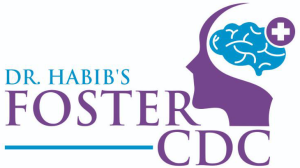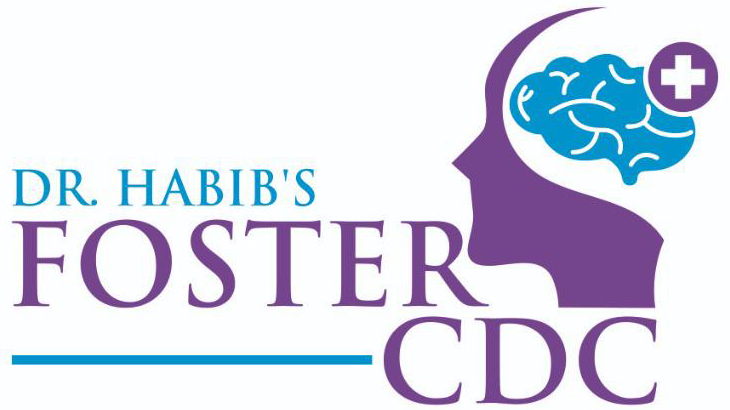REM is a type of sleep disorder in which a child may encounter intense, dangerous and strange events during dreaming and then behaves in accordance to act or overcome unpleasant situations. These events disturb the child sleep. REM can occur at any age, but it is more common in the younger, middle-aged and elderly population. Rapid eye movement disorder (REM) or Sleep Behaviour Disorder (RBD) is one of the types of sleep disorders (parasomnia) in children.
REM or RBD in Children
REM behaviour or REM Sleep Behaviour disorder or Rapid Eye Movement Sleep Behaviour Disorder (RBD is one of the many types of sleep disorders in children wherein a child sees dreams and enacts those dreams with behaviours such as the movement of hands and legs and other body parts. A typical REM is characterized by vivid dreaming, vocalizations and dream-enacting motor activity. Abnormal behaviours during sleep in children may sometimes lead to self-injury and injury to others.
How common is RBD in Children?
RBD is more common in adults, middle-age group males and the elderly and the cause can be attributed to the neurogenerative disease. REM behaviour Disorder or RBD has been well-documented in the paediatric group as well and over the last three decades, several research studies and papers have been published across the globe on RBD in children.
What are the causes of RBD in children?
In a relatively younger population, RBD causes are mostly unknown but can be related to certain neurological conditions, autoimmune disorders, disorders of amine signalling and other neurodegenerative diseases. But, as far as the paediatric group is concern, RBD is common in children who suffer from autism, Juvenile Parkinson’s Disease, narcolepsy and also in those children who are taking serotonin reuptake inhibitors (SSRIs).
REM Behaviour Disorder (RBD) Symptoms
The typical sign of REM sleep is acting out of dreams that are intense, aggressive, vivid and violent. The typical behaviours exhibited by children during sleep if they have this disorder may include sitting, talking, yelling, jumping from bed, kicking, walking, punching, grabbing and arms flailing.
The other symptoms of REM may include the following:
- Sleepwalking
- Screaming
- Talking loudly
- Shouting at others
- Punching and kicking bed partners
- Cursing
- Lashing out physically
- Ability to recall the dream
What are the risks?
Children who suffer from REM behavioural disorder may be at an increased risk of developing emotional, cognitive, behavioural and other neurological problems during the later years of their development. And they may suffer from social, behavioural, mental, cognitive, anxiety and other disorders. They may also have problems with attention, studies, concentration, execution and functioning.
Precaution to Prevent Injury
To protect the child against hurting himself or herself during sleep, parents should take the following precautions:
- Ensure that the bed is installed with padded bed rails
- Fix the bed along the wall and place mattress or cushions around the bed
- Avoid using the bed for the child with the problem
- Remove sharp objects and glass objects from the room
- Don’t keep furniture, study table and chairs near the bed
- Remove extra furniture from the room
- Make the child sleep on the floor on a mattress if possible
- Move bed away from the window
- Until RBD symptoms are under control, no child should be allowed to sleep sharing the same bed of the child having REM.
Bottom Line
The major issue with this disorder in children is the risk of sustaining an injury during the night – and therefore, knowing the cause and treatment of this disorder is important to prevent injuries during the night-time. Untreated cases of RBD can grow progressively and thus can become potentially more violent over time.
Parents must seek medical help on time even if they notice REM for the first time in their child. A timely approach to a specialist doctor or to a paediatric neurologist can help diagnose the underlying cause of the condition. After the physical examination, and evaluation of medical history and signs and symptoms of the child, if the underlying cause doesn’t seem to be apparent, then medications can help control the symptoms. When the underlying cause becomes apparent, then the prognosis depends on the severity of the disease causing the condition. Appropriate treatment, in either case, can help manage the symptoms of the disorder.
An experienced paediatric neurologist with expertise in the management of sleep disorders should be able to diagnose REM. The treatment may include counselling, lifestyle adjustments and medication.


